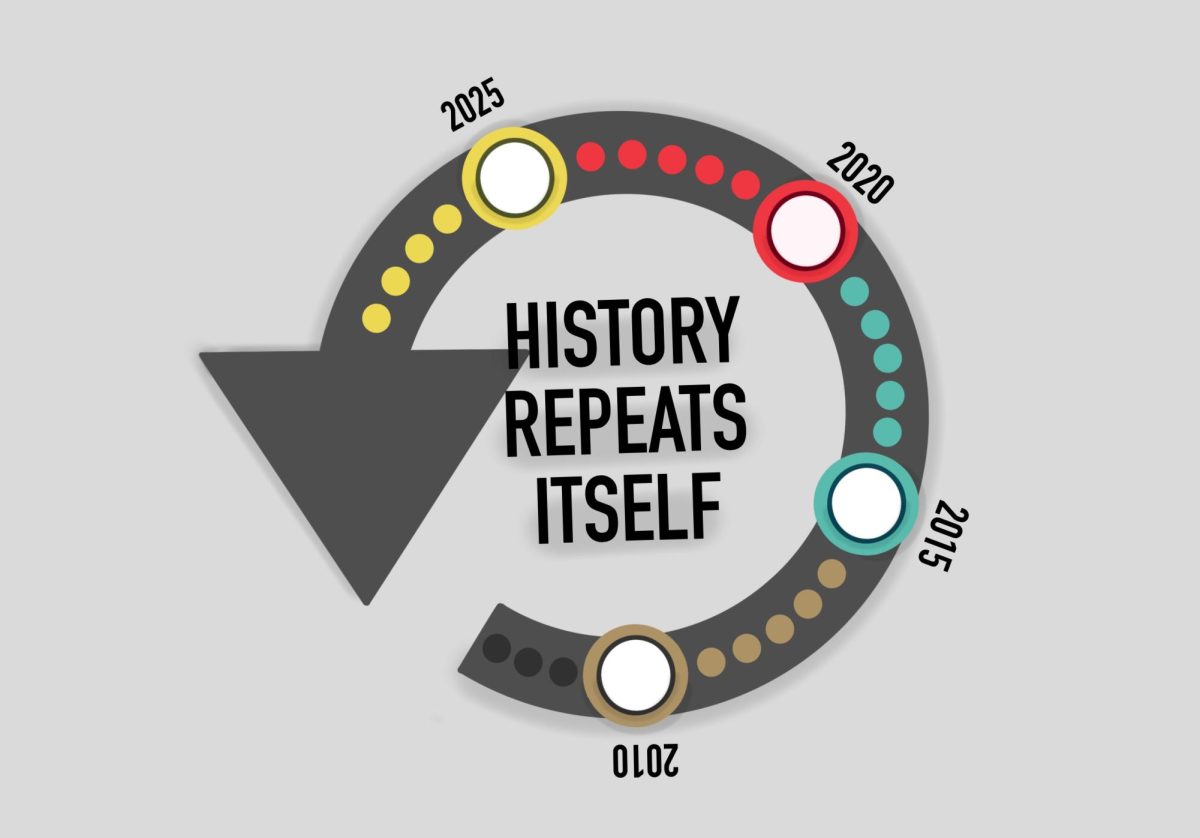In 2017, a new hashtag broke the internet. It was soon plastered everywhere: spread on social media sites, reported on by news organizations and even analyzed by my high school U.S. history class. That’s how big it was — Mrs. Tootell didn’t let just any old hashtag waltz through her classroom door. The #MeToo movement rose like a phoenix from the ashes, giving voice to the women and men everywhere who had long kept quiet about their experiences.
And then, the phoenix went straight back into the ashes. What became of #MeToo beyond a momentary topping of the Twitter trending list and pink pussy hats gathering dust in closets across America? Tarana Burke, the founder of the movement, claims it is not over. But, it is no longer at the forefront of our minds. #MeToo became a caricature of itself in 2020, as prominent supporters stumbled over their reasoning for why “Believe all women” had suddenly turned into “Believe all women … except those who accuse Joe Biden.” Early on in his campaign, President Joe Biden faced several sexual assault allegations. Where other prominent political figures, like Supreme Court Justice Brett Kavanaugh, immediately faced vitriol and hatred for the accusations against them, President Biden received calls for due process. The hypocrisy — and partisanship — of the movement was stark.
Black Lives Matter tempts the same fate.
On Feb. 1, a University of Minnesota student made an Instagram post detailing a concerning run-in with the University of Minnesota Police Department. Claims of being racially profiled, of being relentlessly questioned and not believed and eventually being left without even an apology were followed up by a call for students to contact the Board of Regents. The student’s story spread quickly through the community, generating outrage and disgust.
That outrage was soon turned back on the student. In response to the allegations, the University of Minnesota’s Department of Public Safety released dashcam footage of the event in question. For once, the police were not in the wrong. The officer was polite — reluctant to even make the stop — and quickly accepted the student’s story. After it became clear that the student was not in any legal trouble, the student requested a ride home from the officers. All of this is in sharp contrast to the tense, racially-charged scenario described on the student’s social media.
While we cannot police the way anyone feels following a run-in with law enforcement, we can ensure that truth takes precedence. Everyone is entitled to their own fear. No one is entitled to spreading misinformation without repercussions. A disservice has been done to our community. As it was with the #MeToo movement, we want to believe these stories. It’s hard to understand why pain would be publicly hyperbolized. Now that it has, the inherent trust we have in these stories has started to fracture.
It is easy to be rash when you are angry. In the moment, it might make sense to spin a situation to further an ideological agenda. And, initially, the student reaped the benefits of their falsifications. People rallied behind the cause, eager to add to the list of offenses committed by the police. Communities of color have faced so much persecution, and it is deeply unfair to them that someone falsely emulated that experience.
In 2017, millions of people took to the streets in what became the largest single-day protest in U.S. history. The #MeToo movement seemed like a force to be reckoned with, the hammer that cracked the glass ceiling. One year later, a poll by the Morning Consult showed that 57% of U.S. adults were equally concerned with the possibility of false accusations for young men, as they were with the chances of a young woman being harassed. Progress does not mean opening doors for some, just to slam the door shut in the faces of others.
This past summer, people all over the world marched in the name of George Floyd. The fight for police reform is not over. Do not let the Black Lives Matter movement suffer the fate of the #MeToo movement. When it comes down to it, cooperation and community engagement can create effective change in our communities. It is tempting to throw away the system entirely, to villainize law enforcement, to put pain before progress. Truth must come first: We cannot take our Instagram stories and trending Tweets at face value.














